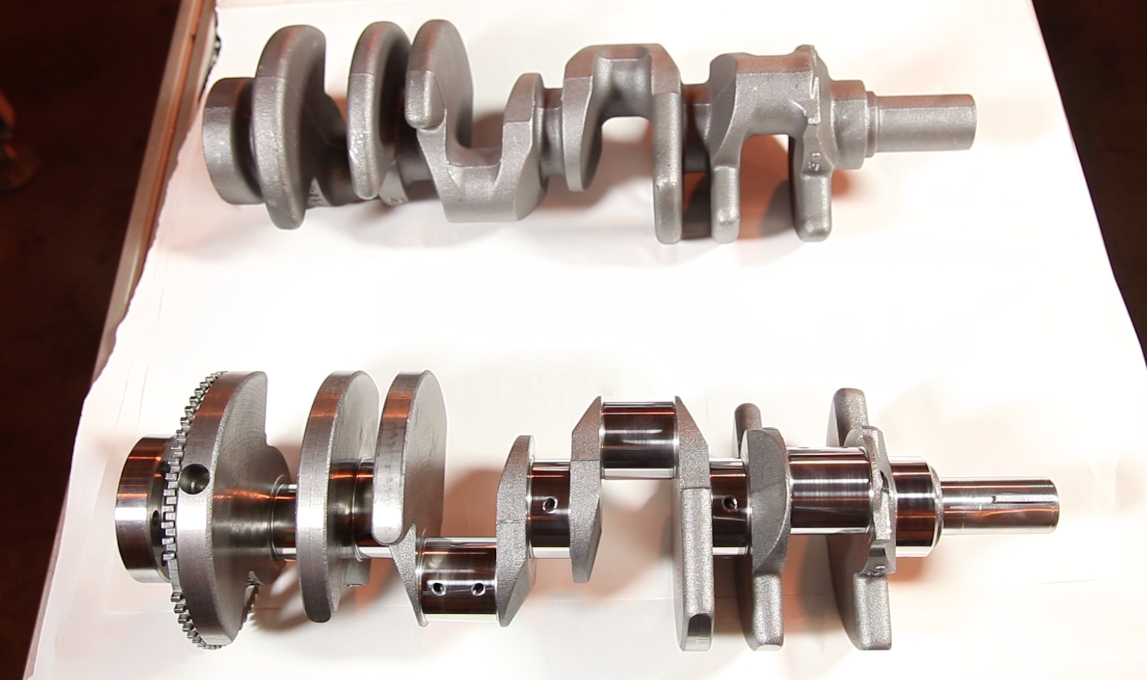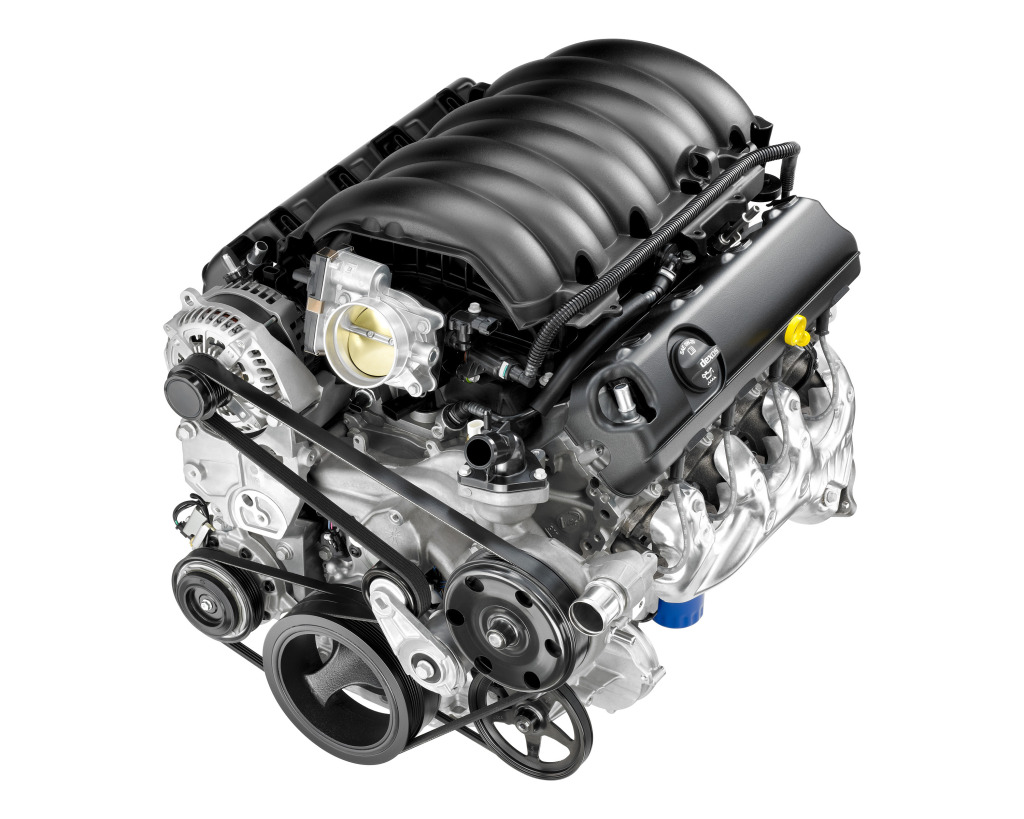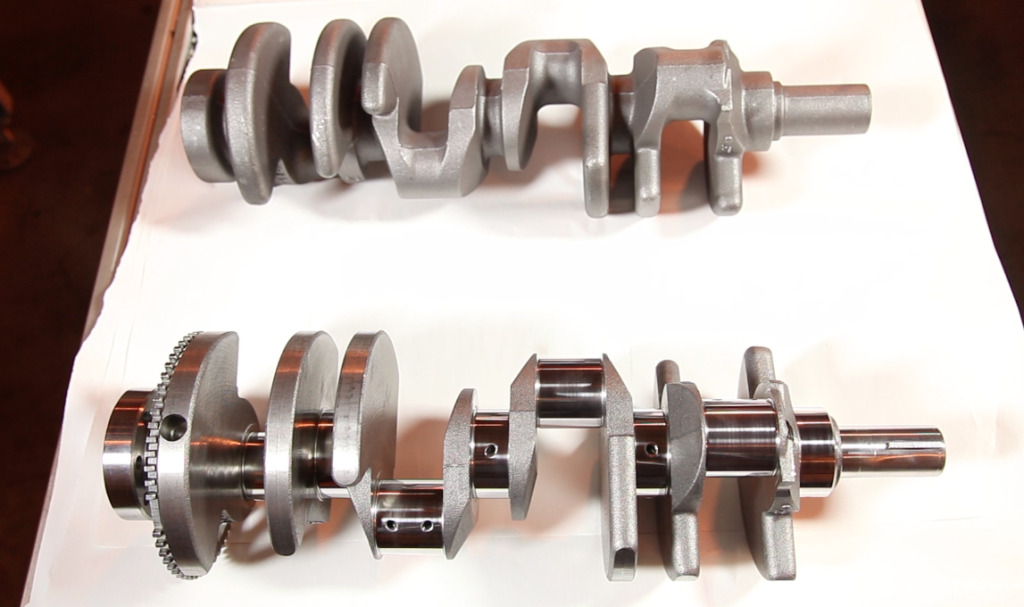
Innovation
Polishing for performance
Polished engine parts might bring to mind chromed pulleys or valve covers that add a touch of dazzle under the hood. But when it comes to the 5.3 Liter V8 EcoTec3 engine, the shine on the crankshaft means using automated microfinishing and electronic measurement to get crank tolerances to the width of a human red blood cell, or within eight microns.
At one point in the process after the crank already looks perfect to the human eye, a micropolishing operation applies 80-micron microfinishing tape to the part, rotating it back and forth until electronic measuring sensors sign off that the crank journals – which by this point look like steel mirrors – are within specification. At that point a second step in the process applies an even finer polishing tape until all journals meet or exceed their design tolerances.
“There are good reasons behind this polishing,” said Anthony Lewandowski, manufacturing engineer at Tonawanda Engine. “When a truck’s tachometer says that its engine is comfortably cruising at 3,600 RPM, that means a crankshaft is revolving 60 times each second inside its bearings on a thin coating of oil.
“Micropolishing the crank’s journals improves this oil film’s consistency to reduce friction and improve the EcoTec3’s reliability and durability over the life of the truck.”
At this level of precision, no factor is too small to escape monitoring by GM manufacturing engineers. For example, a normal temperature change in the plant over the course of the day might be barely noticeable, but sensors measuring crank tolerances are so sensitive that even a few degrees change in the environment require them to be retested and recalibrated, if necessary, to ensure their best accuracy for the 900 cranks a day produced at Tonawanda for the EcoTec3.
In addition to the Silverado, 355-horsepower 5.3L EcoTec3 is also available for the Chevrolet Tahoe and Suburban and GMC Yukon and Sierra.




You must be logged in to post a comment Login